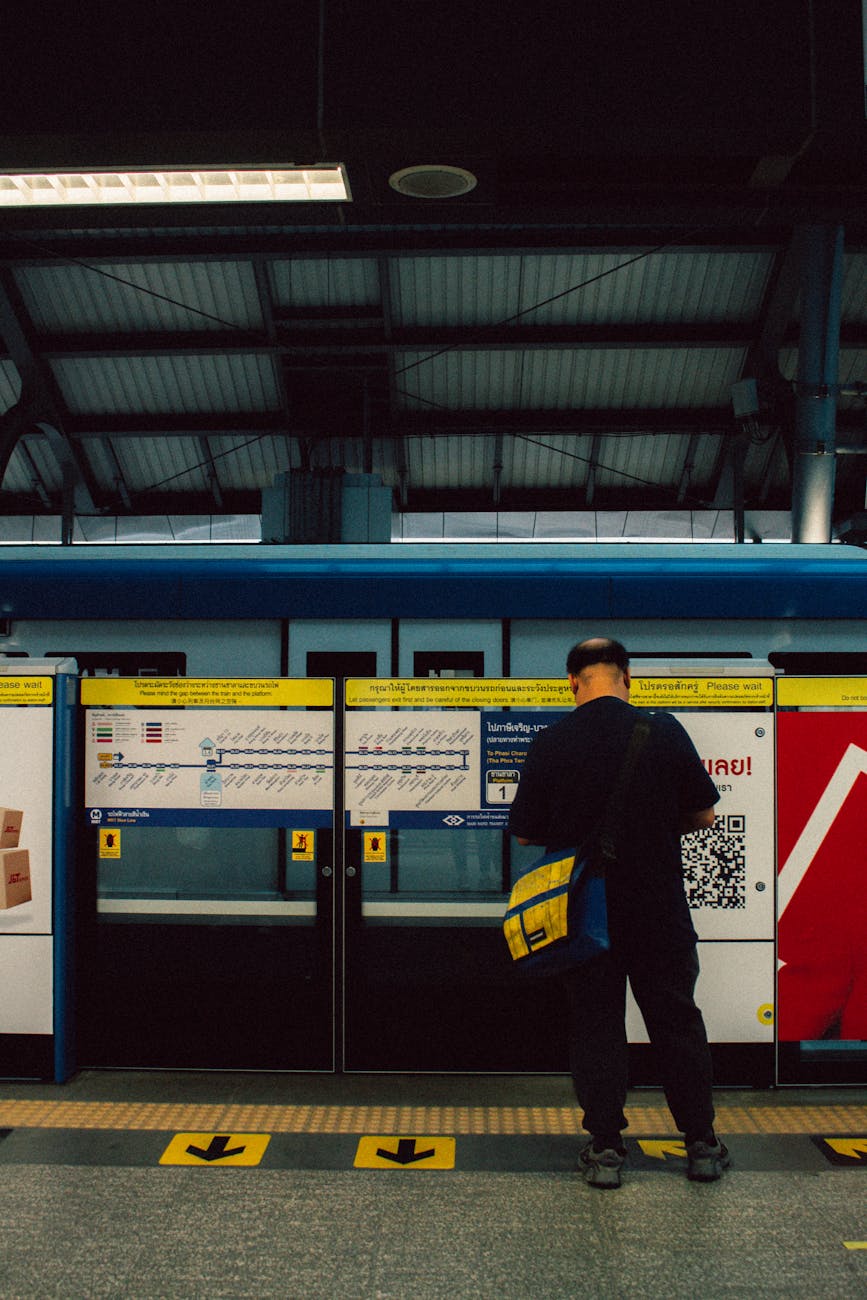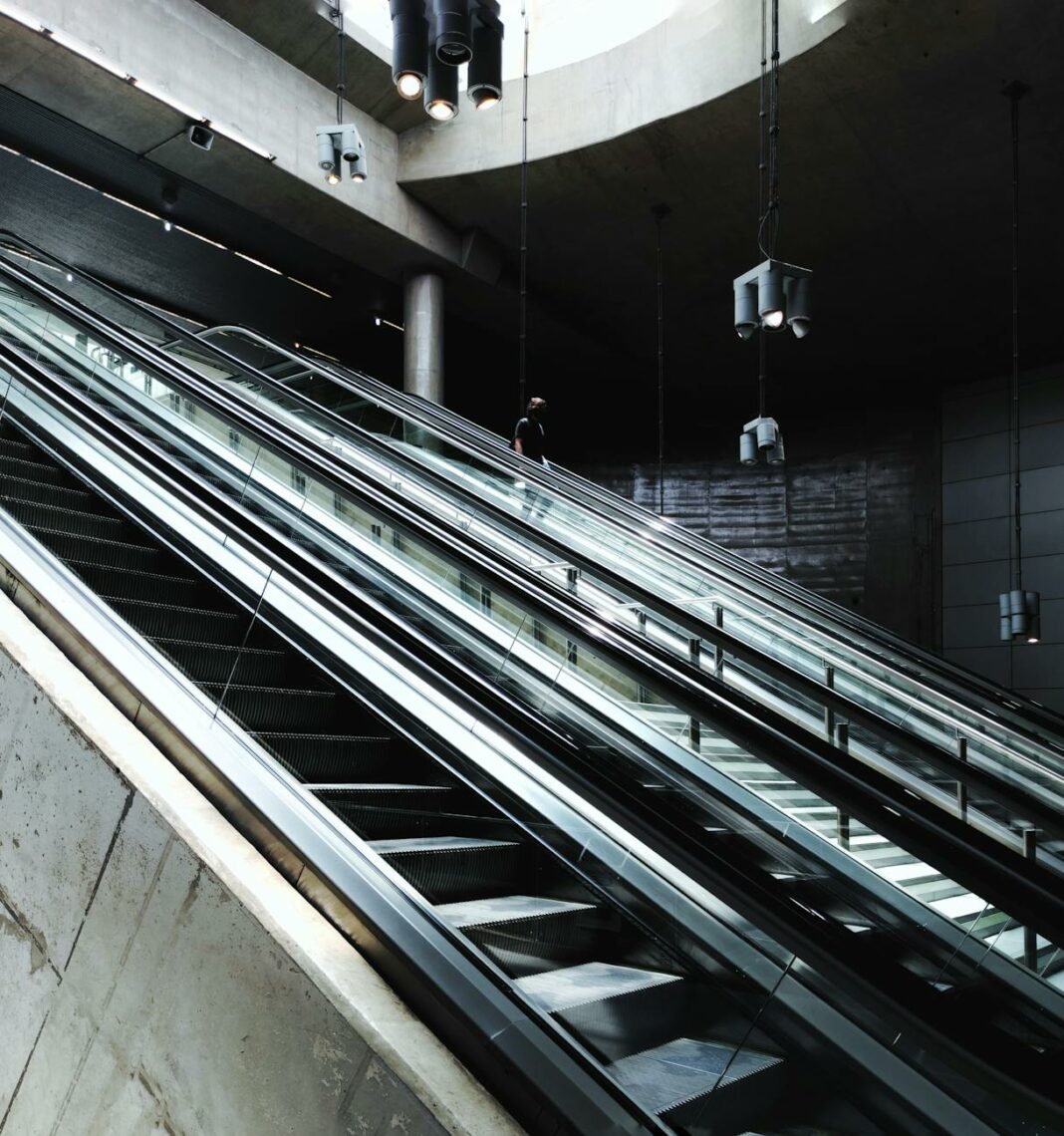Thailand, a country brimming with culture, enticing food, and stunning landscapes, is a top destination for travelers seeking unforgettable experiences. While many tourists flock to breathtaking beaches and majestic temples, there is often one crucial aspect that remains underappreciated: the public transit system. Understanding how to navigate Thailand’s public transportation may just be the ultimate travel hack you’ve been searching for. With affordable options and diverse routes, harnessing this underutilized resource can significantly enhance your trip, making travel not only easy but also financially savvy.
This blog post delves deep into the nuances of Thailand’s public transit system, exploring its advantages and potential pitfalls. You will discover how to mingle with locals, explore hidden gems off the beaten path, and save money while enjoying the sights. By the end of this post, you will be well-equipped with insights on how to make the most of Thailand’s transportation, elevating your travel experience.
Table of Contents
- Push and Pull: Navigating Thailand’s Public Transit
- Why Transportation Matters for Travelers
- Tips for Success on Public Transit
- Safety Concerns and Best Practices
- Real-Life Success Stories
- The Final Word: Embrace the Public Transit Adventure
Push and Pull: Navigating Thailand’s Public Transit
Thailand boasts an intricate public transit network that encompasses buses, trains, and boats. Each mode of transportation has its unique charm and function. For instance, the BTS Skytrain and MRT subway in Bangkok feature air-conditioned carriages that glide smoothly over the bustling cityscape, offering a fabulous perspective of the skyline while effortlessly whisking you from one point to another. In stark contrast, the colorful and vibrant songthaews (shared taxis) can take you on a delightful ride through the streets, providing a more authentic experience as you interact with locals along the way. By taking full advantage of these options, travelers can effectively maneuver through bustling markets, cultural landmarks, and hidden gems.
It’s important to note that while the public transit system is generally reliable, understanding the local language can significantly enhance the experience. However, rest assured that many signs are bilingual, especially in tourist areas. As you ride alongside locals, you’ll appreciate the harmonious chaos of Thailand’s urban atmosphere. The affordability factor cannot be overstated; a trip on public transport typically costs a fraction of taxi fares, empowering travelers to allocate extra budget towards exciting activities such as sumptuous street food explorations or engaging in immersive cultural experiences.
Why Transportation Matters for Travelers
Transportation plays a pivotal role in shaping your overall travel experience, influencing not just accessibility but also your interactions with the local culture. Imagine witnessing the essence of daily life unfold before your eyes as you commute alongside locals; you’ll gain insights and perspectives you would miss while confined to the tourist-trap locales. Embracing public transit allows you to develop a deeper understanding of Thai society, nurturing connections that enrich your travel journey.
Additionally, the reliance on public transport encourages eco-friendly travel choices, putting a positive spin on your adventures. With budget and environmental considerations increasingly becoming priorities for modern travelers, choosing public transit reflects conscious decision-making that resonates with both local communities and global sustainability efforts. Moreover, it opens doors to an array of opportunities—from spontaneous detours to become engrossed in vibrant neighborhoods to solver encounters with street vendors unparalleled in conventional tourist traps.
Tips for Success on Public Transit
To maximize your experience on Thailand’s public transit, preparation is key. Begin by downloading transportation apps that offer real-time information; they can be invaluable in navigating changes and delays. Familiarize yourself with route maps and schedules ahead of time, especially if you plan to travel to popular attractions. This knowledge not only saves time but also prevents any unnecessary stress during your journey.
When utilizing local buses, prepare to carry small change, as most drivers do not handle larger notes. Ideally, try to travel during off-peak hours to avoid overcrowding when possible. Furthermore, mindfulness about respecting local customs and habits goes a long way. For example, on crowded public transport, it’s courteous to offer your seat to the elderly or pregnant women. Simple gestures of kindness can lead to surprisingly delightful interactions, making your experience all the more memorable.
Safety Concerns and Best Practices
Although public transit in Thailand is generally safe, exercise common sense whenever traveling. Keep your belongings close and avoid indulging in expensive accessories that may attract unwanted attention. Be vigilant in crowded areas; while pickpocketing is relatively rare, staying alert will ensure peace of mind as you enjoy the vibrant atmosphere. When in doubt, consult local friends or hotel staff on recommended routes and times to travel.
Embrace the local culture wholeheartedly and remain open to unplanned adventures! Engage in conversations with locals when possible, and do not hesitate to seek help. Most Thais are friendly and welcoming toward tourists, happy to offer directions and advice. As you traverse bustling markets or quaint alleyways, remain alert, but remember to absorb the rich tapestry of life around you.
Real-Life Success Stories
To illustrate the effectiveness of Thailand’s public transit system, consider these real-life anecdotes. Take a traveler who aimed to reach the beautiful floating markets near Bangkok. Instead of succumbing to the tempting convenience of a pricey taxi, they opted for the BTS Skytrain, followed by a bus ride, discovering delightful street food stalls along the way. This journey not only revealed hidden culinary gems but also forged connections with local vendors whose stories and spices became part of an unforgettable adventure.
Another wanderer set out to explore Chiang Mai’s vibrant art scene. Utilizing the city’s red songthaews, they embarked on a spontaneous tour that led them to an eclectic mixture of galleries and workshops. Instead of sticking to the predictable tourist trail, this traveler embraced the unexpected, resulting in incredibly enriching experiences and encounters that deepened their appreciation for local artistry.
The Final Word: Embrace the Public Transit Adventure
In conclusion, the value of Thailand’s public transit system extends far beyond mere transportation—it becomes an integral part of your travel narrative. By choosing to explore the country through its dynamic public transport options, you not only unlock financial savings but also broaden your cultural horizons in the process. This authentic approach nurtures connections, authentic encounters, and a profound appreciation for the vibrant life that surrounds you.
In doing so, you gain the chance to create unforgettable memories layered with genuine experiences that larger, more commercialized travel methods cannot provide. So, as you prepare for your Thai adventure, remember that embracing public transit is not just a strategy; it is an invitation to dive deeper into the heart and soul of Thailand.
Frequently Asked Questions
Is Thailand’s public transit system reliable?
Yes, Thailand’s public transit system is generally reliable, with services like the BTS Skytrain and the MRT subway being particularly punctual and efficient.
What is the best way to pay for public transport in Thailand?
The easiest way is to purchase a stored-value card for the BTS or MRT. For buses, keep small change in local currency handy.
Are there safety concerns when using public transit in Thailand?
While public transit is generally safe, remain mindful of your belongings and respect local customs to ensure a smooth experience.
Can I get around easily if I don’t speak Thai?
Yes, many signs are bilingual, and locals are often willing to help. Downloading translation apps can also assist in communication.
What should I do if I get lost while using public transit?
Don’t hesitate to ask for help! Most locals are friendly and will try to assist you in getting to your destination.
Image Credit: Pexels





